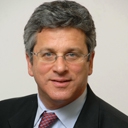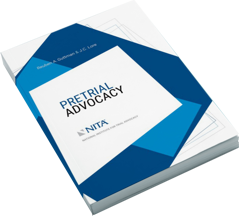June 22, 2023: The phrase “Diversity, Equity & Inclusion” words often heard and even debated – encapsulates efforts to equalize opportunity. Understanding the need or purpose for DEI efforts requires an appreciation for how the law itself embedded inequity.
This one-hour CLE course class will cover the myriad of laws and judicial pronouncements that have embedded inequity in our culture and economy. From the constitution to seminal cases – some taught at a superficial level at grade school and others not taught at all – this CLE program is designed to provide insight into current claims of inequity and a seemingly triaged effort to make corrections.
This course is a must for firm administrators, labor and employment lawyers, and civil rights litigators.
Live Webinar: Wednesday, June 22, 2023, 1:00PM – 2:00PM Eastern Time (EDT).
To learn more or register, visit https://www.nacle.com/CLE/Courses/Understanding-Diversity-Equity-and-Inclusion-How-the-Law-Created-Inequity-2278.

